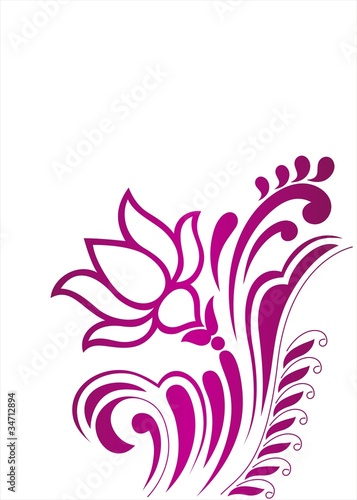 I have used the following two major groups of Resources:
I have used the following two major groups of Resources:
- Mahabharata Resources: This group includes
- Resources for Sanskrit Shlokas according to the Recension (BORI Critical Edition, PPS Sastry South Indian Recension, Mahabharata with commentaries of Bhavadipa, Hindi translation of Mahabharata along with Sanskrit Shlokas published by Gita Press, Gorakhpur, Harivamsha texts)
- Kannada Kumaravyasa Bharata or Gadugina Bharata or Karnata Bharata Kathamanjari (Padya, Gamaka)
- Kannada translation of Vyasa Mahabharata (without the Shlokas) by Pandit Alasingacharya
- Kannada Yakshagana, Talamaddale and Harikathe
- Studies in Mahabharata, published academic/research papers published in Global Peer Reviewed Journals, in English language
- Sanskrit Kavyas based on Mahabharata
- Sanskrit dramas based on Mahabharata
- Other resources: Many consider Mahabharata to be a part of the vast sources of knowledge and experiences of our past and the future in a cyclical turn of time. It is probably not a poetic composition of any "author". A substantial number of characters and concepts dealt with in Mahabharata are not "fully" treated. Most of these characters were ancient to the times of events described in Mahabharata, and their origins and exploits were assumed to be already dealt with in the other histories or Puranas related to that time (Yuga or Manvantara or Kalpa). For instance, the details of Narada, who is an important character in Mahabharata are sketchy in the epic as he is considered to be present till the end of a Kalpa, thus his details in the Puranas are much more than what are available in Mahabharata. Similar characters include: Brahma, Vishnu, Shiva, Indra, Kubera, Varuna, Agni, Surya, Ganga, Markandeya, Vasistha, etc. In order to understand and appreciate the Mahabharata better, I would use the following resources to refer/study.